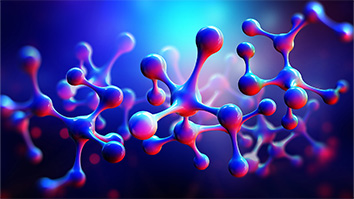Citation
Xie, W.; Sun, Y.; Zhang, S.; Northrup, J. E. Structure and sources of disorder in poly(3-hexylthiophene) crystals investigated by density-functional calculations with van der Waals interactions. Physical Review B. 2011 May 1; 83 (18): 184117.
Abstract
The crystal structure of poly(3-hexylthiophene) (P3HT) has been studied by first-principles calculations based on density functional theory. The generalized gradient approximation is employed and van der Waals interactions are treated accurately by the recently proposed local atomic potential approach. A variety of different models were tested, and the model having the lowest energy is a non-interdigitated structure having an orthorhombic cell with a = 17.2 , b = 7.7 , and c = 7.8 , where a, b, and c are the lengths of the lattice vectors perpendicular to the lamallae, in the – stacking direction, and along the thiophene backbone, respectively. These values are in reasonably good agreement with experiment. The P3HT polymer is not invariant under inversion and therefore exhibits directionality. Our calculations suggest that a likely structural defect occurring in P3HT is one in which one of the polymer backbones within a lamella runs in the direction opposite to the majority. Such defects may form in the process of self-assembly of the non-interdigitated lamellae and may be an important source of – stacking disorder. A possible explanation for a recently observed structural phase transition in polythiophene is proposed.


